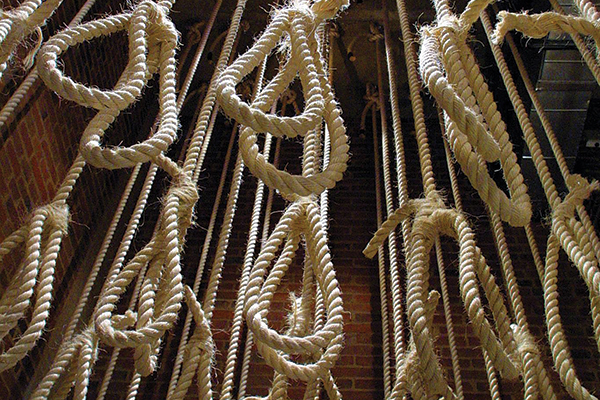
Yoav Lemmer—AFP
A new report on Pakistan’s death row population suggests a disconnect between the country’s trial and appeal courts
Since 2004, courts in Pakistan have sentenced to death one person every day, according to the latest report issued by non-governmental organization Justice Project Pakistan (JPP).
Counting the Condemned, a statistical analysis of the implementation of Pakistan’s death penalty, has found that prisoners in Pakistan account for 26 percent of the world’s reported death row population, with 14 percent of worldwide death sentences issued here. Since December 2014, when the Pakistan Muslim League (Nawaz)-led government ended a six-year moratorium on the death penalty following the massacre at Peshawar’s Army Public School, Pakistan has carried out 13 percent of all global executions—a total of 496.
While these statistics are harrowing, they become all the more tragic when the margin of error in convictions, due to either faulty investigations or mistrials, is taken into account. The Supreme Court of Pakistan, since 2014 alone, has overturned 85 percent of death sentences, according to the report, reducing the death row population significantly. This doesn’t mean the number has been brought down to “manageable” levels. The current death row population in Pakistan according to the Interior Ministry stands at 4,688—a significant drop from the 2012 figure of 7,164. This, notes JPP, is likely due to a reduction of death row prisoners in Punjab province, from 6,604 in 2012 to 3,890 now. Even so, Punjab still accounts for 81 percent of all executions carried out between December 2014 and December 2017. The provinces of Khyber-Pakhtunkhwa, Balochistan and Sindh, meanwhile, have seen a steady increase in their death row populations.
According to the report, the biggest barrier to reducing the death row population remains the drawn out appeals process. A single appellate bench of the Supreme Court, it says, is insufficient to adequately address the plight of the wrongfully accused as on average a prisoner still spends 11 years on death row before they are acquitted or have their death sentences commuted. It also highlights the desperate need to resolve civil disputes in a timely manner as expensive legal battles can ramp up frustration among the desperate, who try to take matters into their hands through homicide and are summarily sentenced to death. In an analysis of 150 executions from 2015, JPP found that disputes over land or money accounted for 36 percent of the cases, while family disputes for 26 percent.
The report acknowledges that there is no empirical data suggesting the death penalty deters crime or terrorism but using data from the past two decades, it has drawn a link between murder rates and economic inequality, political violence and instability—in years with per-capita GDP growth less than two percent, the murder rate in Pakistan stood at 7.5 per 100,000 or higher.
JPP Executive Director Sarah Belal has said that the report’s findings are clear. “The system is imperfect, wrought with inconsistencies and mired in red tape. It is becoming more and more difficult to justify dispensing a punishment that is irreversible, cruel and inhumane,” she says. “Too many mistakes are being made, and the Supreme Court overturning convictions at such a high rate is damning proof of that. A detailed reform of the death penalty is urgently needed, and until it is completed, a moratorium must be installed.”
